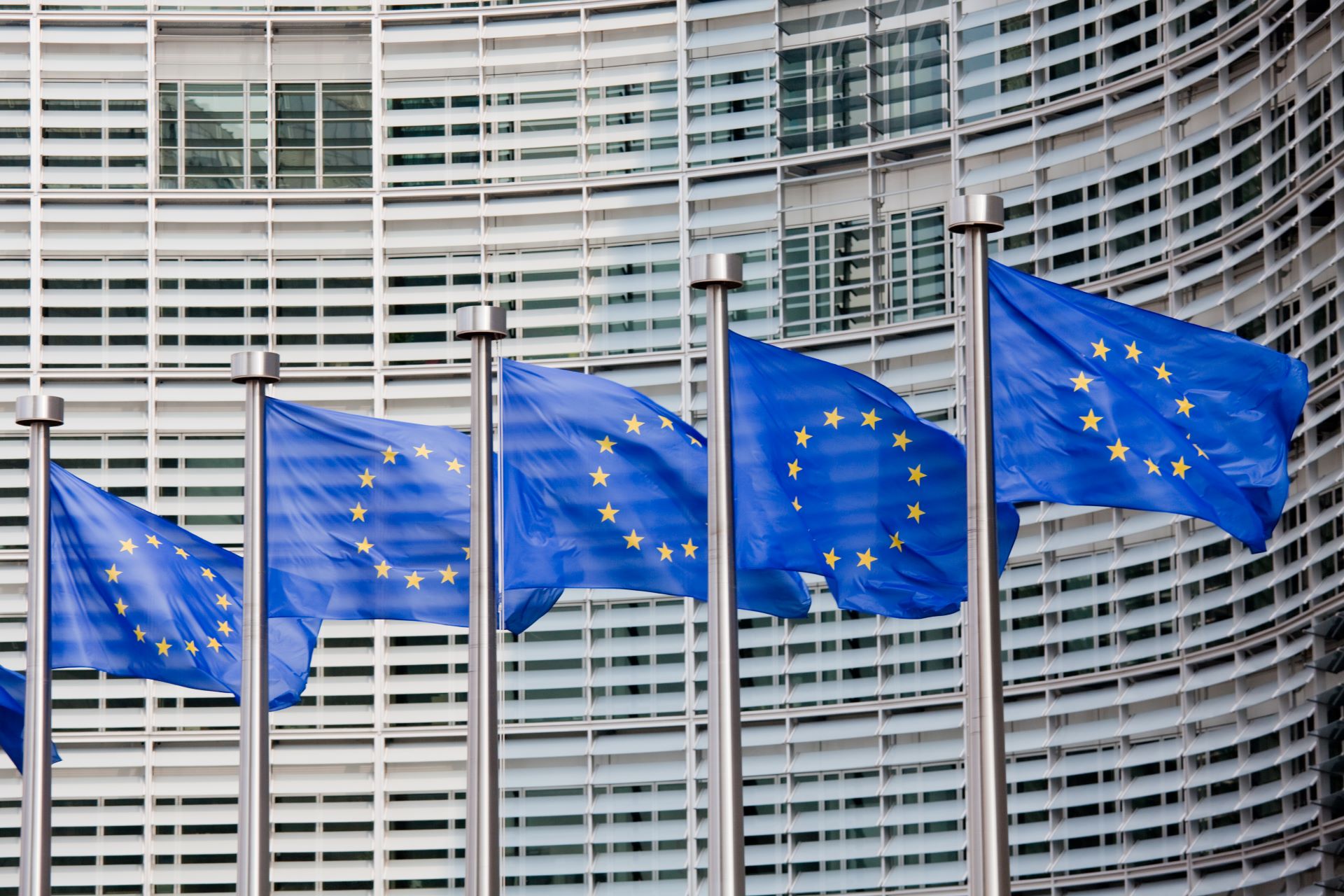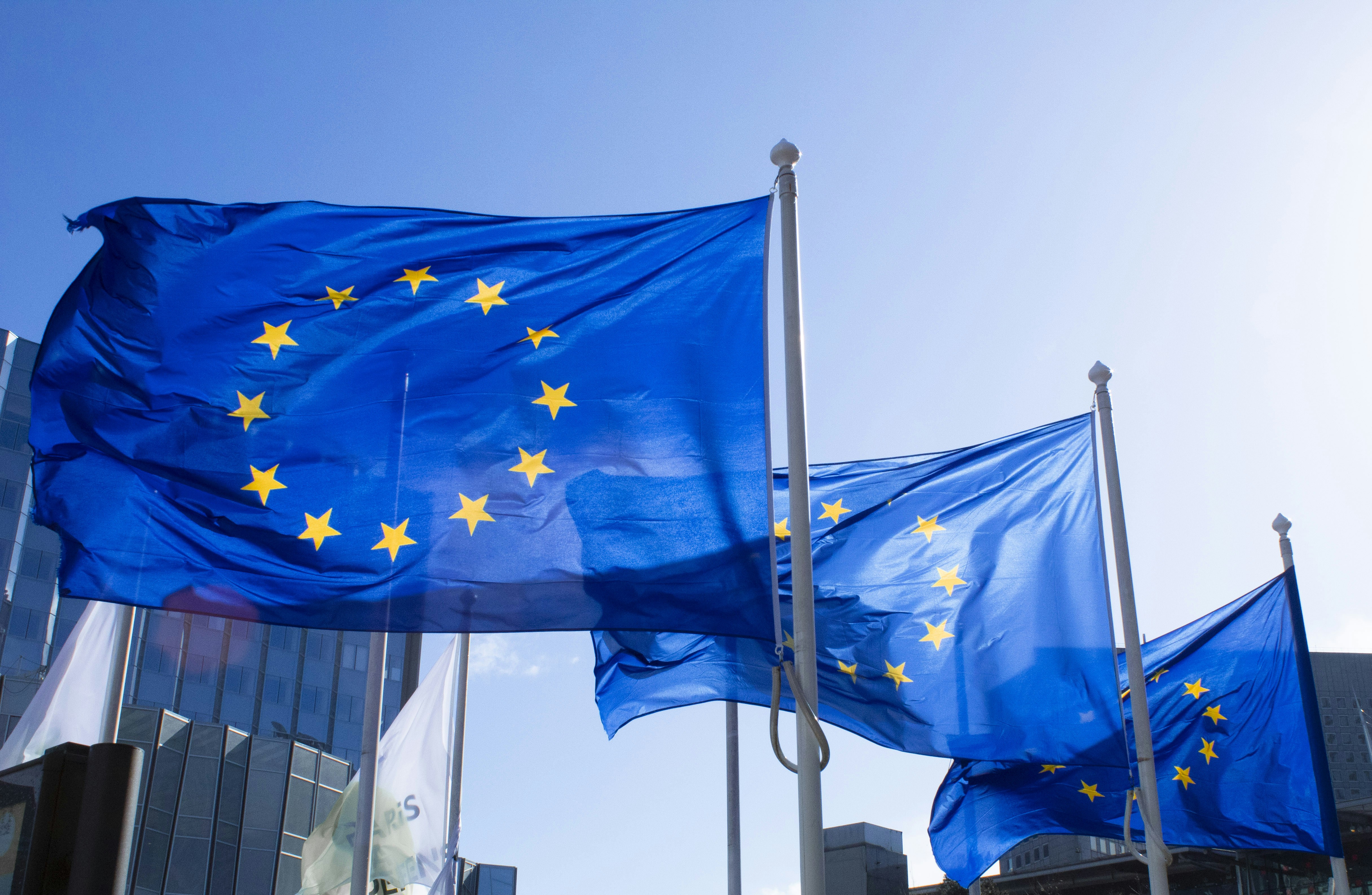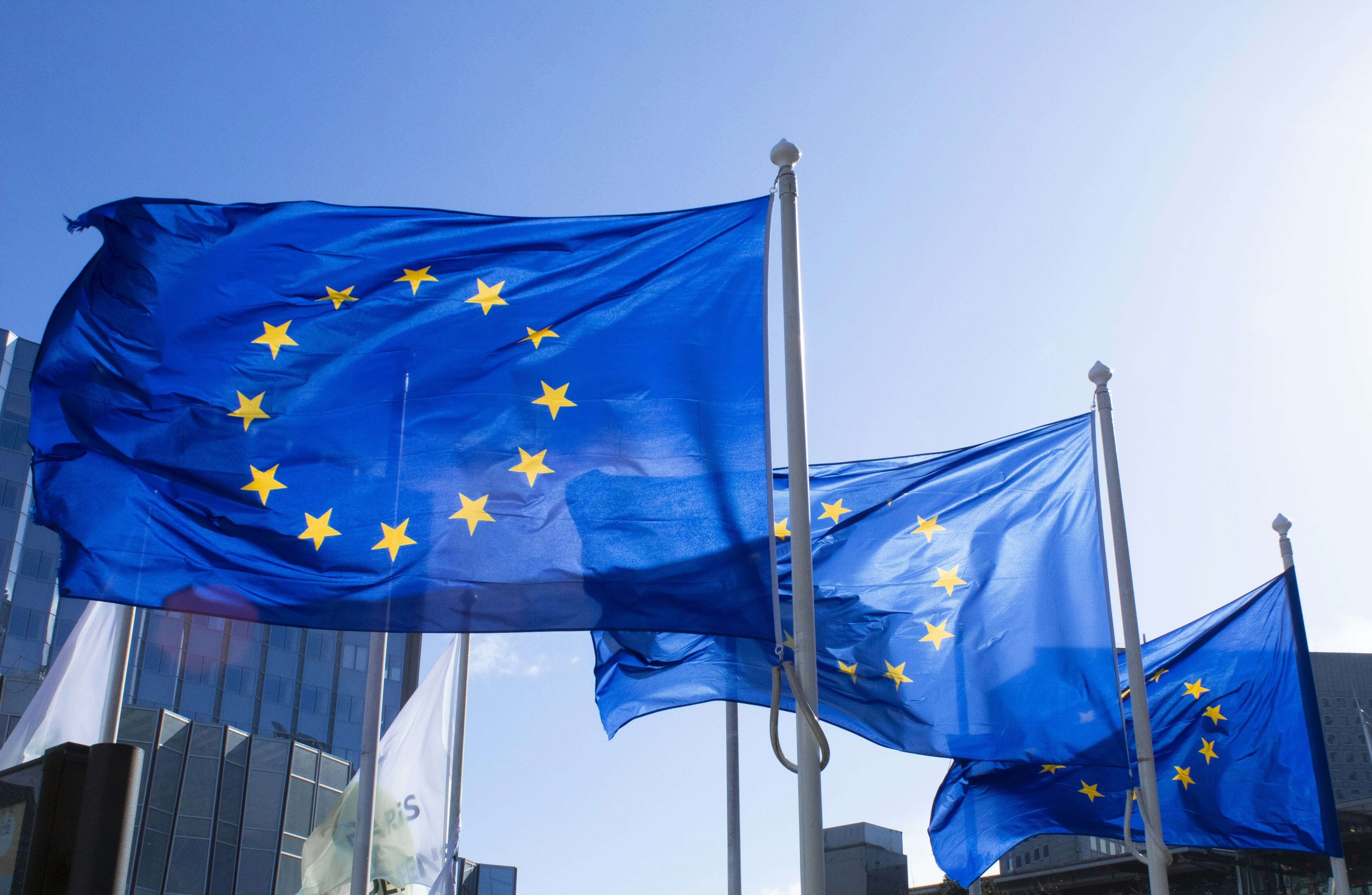Glossary
Glossary


Governance
Governance refers to the institutions, procedures, and frameworks used by governments to manage and guide policymaking and foster societal buy-in for the transition to climate neutrality.

OVERVIEW:
Progress on governance has been on track
The expanded set of indicators reaffirms that EU governance is moving in the right speed, but new indicators on national level implementation point to crucial weaknesses.
Overall, the governance building block remained on track, with no change in the progress classification compared to last year’s report. The introduction of five new indicators this year added analytical depth but did not change the overall outlook. This cautiously optimistic assessment is based on continued positive trends in the growth of frameworks and institutions at national level, such as climate laws and scientific advisory bodies.
Climate governance in the EU is defined by a combination of policies directed at EU institutions, EU-level obligations on Member States, and the strength of national systems themselves. All three have been further expanded and specified over the period from 2019 to 2023. The 2021 EU Climate Law outlines an all-economy framework for target-setting and monitoring progress at EU level, and the Governance Regulation adopted in 2018 includes a range of common national governance requirements related to planning, reporting, and participation, which integrate various energy and climate policy aspects.
Considering advancements in the overall legal framework, the robust implementation of existing EU requirements is of particular importance. This includes the development of timely and sufficiently detailed long-term strategies (LTS), actionable national energy and climate plans (NECPs), comprehensive biennial progress reports (NECPRs), and permanent multi-level climate and energy dialogues as well as meaningful participation in the creation of plans.
OBJECTIVES
Objectives describe what needs to be achieved in each building block to reach climate neutrality.
Objective
Establishing and implementing comprehensive frameworks and fostering societal buy-in
From 2018 to 2023, the share of EU GHG emissions covered by national climate laws increased. The positive trend was countered by evidence suggesting the implementation of EU governance requirements at national level was far too slow, especially regarding the timeliness and quality of draft NECP updates. On societal buy-in, public awareness of climate change and support for EU climate neutrality remained on track. But another crucial message arising from the survey data was that 67% of EU citizens viewed their country’s governmental action as inadequate. Progress on subnational and private sector support was found to be too slow. Signatories to the Covenant of Mayors for Climate and Energy by EU cities and towns, covered only 44% of the EU population in 2022. In 2023, roughly 10% of EU companies on Fortune’s Global 2000 list had a net zero target validated by the Science Based Target initiative (SBTi).
Adoption of climate framework laws at national level

This indicator tracks the share of EU GHG emissions from Member States that have adopted a climate framework law. The data show an annual increase of 21% between 2018 and 2023. This development, while recent, puts the EU on track to ensuring an operational and comprehensive framework for tackling challenges and making the right decisions on the road to climate neutrality.
This indicator measures the share of EU GHG emissions from Member States that have adopted a dedicated and comprehensive climate framework law at national level. No benchmark is available from an official EU source. ‘Dedicated and comprehensive’ means that a law is specific to climate policy-making and includes a long-term (e.g., 30-year time horizon from year of adoption), quantitative, and economy-wide reduction target as well as short- and/or long-term policy planning for target achievement. Laws are counted starting in the year they are passed by national legislatures. To control for year-to-year variation in emissions, shares are calculated from 2015 data and remain static over the period.
Thorough implementation of EU governance requirements at national level

This indicator provides a qualitative assessment of the quality of the implementation of key EU governance requirements at national level. A review of existing assessments provides clear evidence for a critical implementation gap. Especially on national energy and climate plans (NECPs) recent studies point to overall missing ambition; a lack of clarity on socio-economic impacts; internal inconsistencies on issues, such as bioenergy and residual emissions; overlooked territorial and distributional effects; variable information quality; and weak public engagement. Moreover, only eight countries met the March 2023 deadline for the submission of the first NECP progress reports.
This indicator considers the timely and sufficiently detailed implementation of monitoring and planning obligations under the EU Governance Regulation at national level. This includes (1) national energy and climate plans (NECPs), (2) biennial progress reporting, and (3) PAMs/projections reporting. Analysis is based on a qualitative review of existing studies, including official assessments by, e.g., the European Commission and EU Scientific Advisory Body on Climate Change, as well as from independent research and non-governmental organisations.
Public support for and confidence in the transition to climate neutrality

This indicator tracks the share of EU citizens that supports and has confidence in the transition to climate neutrality. The data show a marginal annual decrease of -0.9% between 2013 and 2023. Still, this trend reflects stable public support for the climate neutrality transition (83% in 2023) and is thus on track. Although omitted from analysis, survey data in 2023 showed a lack of public confidence in governmental response, which lessens the otherwise positive outlook.
This indicator tracks public support for climate action by measuring the share of Eurobarometer climate survey participants that (1) see climate change as a ‘very serious problem’ facing the world and (2) ‘agree’ or ‘totally agree’ with the EU climate neutrality target. The two questions are weighted equally, and a composite is formed by taking the average. No benchmark is available from an official EU source.
The Eurobarometer climate change survey is conducted biennially. The question on support for the EU climate neutrality target was included for the first time in 2019. Before 2019, a different question was used to gauge public support for climate policy generally. Data up to and including the year 2019 are EU28 (with the United Kingdom).
EU cities committed under the Covenant of Mayors

This indicator tracks the share of the EU population living in cities and town that are signatories to the Covenant of Mayors for Climate and Energy. The data show a marginal 2% annual increase between 2017 and 2022. In 2022, this amounted to only 44% of the EU population.
This indicator tracks subnational political support for climate action by measuring the share of the EU population living in cities that are signatories to the Global Covenant of Mayors for Climate and Energy. No benchmark is available from an official EU source.
Science-based climate neutrality targets in large EU companies

This indicator tracks the number of large EU companies with science-based climate neutrality targets. In 2023, 26 or roughly 10% of EU companies on Fortune’s Global 2000 list had a net zero target validated by the Science Based Target initiative’s (SBTi). Although this was up from one in 2021 (when the standard was launched), it represents only a fraction of large European businesses.
This indicator tracks private sector support for climate action by measuring the number EU companies with 'clearly-defined, science-based' net zero targets, which have been validated by the Science Based Targets initiative (SBTi) under its Corporate Net Zero Standard. No benchmark is available from an official EU source.
ENABLERS
Enablers are the supporting conditions and underlying changes needed to meet the objectives in a given building block. They are the opposite of barriers or inhibitors.
Enabler 1
Providing a clear vision and accountability
In 2023, only 43% of EU GHG emissions were covered by an up-to-date LTS at the national level that was fully compliant with the mandatory content requirements set in EU law. While many Member States have a system for monitoring progress that goes beyond EU obligations, mechanisms with a built-in course correcting provision were limited to only 5 countries. Positive developments in the spread of scientific advisory bodies include a new institution in Slovenia and a new legal provision for mandated policy input by the existing council in Greece. Although six national independent scientific advisory bodies were established between 2018 and 2023, delayed implementation points to difficulties in getting some new institutions operational.
Up-to-date and compliant long-term strategies (LTS) at national level

This indicator tracks the share of EU GHG emissions from Member States with an up-to-date and legally compliant long-term strategy (LTS). The data show an annual increase of 100% between 2018 and 2023. This rapid development is due to the fact that prior to the impulse created by the 2018 EU Governance Regulation few countries had a strategy. However, progress is nevertheless too slow; only half of EU governments had a legally compliant strategy by the end of 2023, well after the original deadline of January 2020. Robust long-term plans are needed now to steer decisions in the short term.
This indicator measures the share of EU GHG emissions from Member States with a long-term strategy (LTS) that is no older than five years, fulfils the minimum content requirements of the Governance Regulation, and refers to climate neutrality in a national context, e.g., as a scenario outcome or (indicative) target. The EU Governance Regulation (Art. 15) requires Member States to produce a new LTS every 10 years (starting in 2020), with updates encouraged every 5 years.
To control for year-to-year variation in emissions, shares are calculated from 2015 data and remain static over the period.
National progress monitoring that can trigger additional action

This indicator tracks the share of EU GHG emissions covered by national progress monitoring that can trigger additional action. The data show an annual increase of 19% between 2018 and 2023. This development is too slow as the trend is explained largely by the governance systems in only two countries. Only five national governance systems have a qualifying monitoring mechanism in place. This underscores a lack of robust national monitoring that can trigger the necessary policy revisions to reach climate neutrality.
This indicator measures the share of EU GHG emissions from Member States with a mechanism at national level for monitoring progress towards climate objectives that incorporates a formal trigger for additional action when existing policies are found to be insufficient. National progress monitoring must go beyond EU/UN reporting obligations. No benchmark is available from an official EU source. To control for year-to-year variation in emissions, shares are calculated from 2015 data and remain static over the period.
Independent scientific advisory bodies at national level

This indicator tracks the share of EU GHG emissions from Member States with an independent scientific advisory body for climate policy. The data show an annual increase of 27% between 2018 and 2023. Given the steady increase over the last couple years, the continued impact of the EU Scientific Advisory Board on Climate Change, and the number of new institutions pending, this development is on track to ensure the EU has a sound evidence basis for policy-making for climate neutrality.
This indicator measures the share of EU GHG emissions from Member States with a permanent independent advisory body composed of scientific experts in fields related to climate science and policy. Institutions are counted starting the year they are adopted. To qualify there must be a legal requirement for government to consult and/or respond to mandated input from the advisory body at some stage of policy formulation or review. No benchmark is available from an official EU source. The EU Climate Law invites Member States to establish advisory bodies, and the European Scientific Advisory Board on Climate Change has recommended they be made mandatory. To control for year-to-year variation in emissions, shares are calculated from 2015 data and remain static over the period.
Enabler 2
Ensuring a consistent, all-of-government approach
This year’s assessment introduces new underlying indicators on national green budgeting and EU-level strategic climate planning. Indicator data suggested that the EU and Member States were on track towards a consistent, all-of-government approach to the climate neutrality transition.
Green budgeting practices at national level

This indicator tracks the share of EU GHG emissions from Member States employing green budgeting in some form. The data show that EU GHG emissions coverage from countries using green budgeting rose from 37% in 2020 to 50% in 2023, marking a 11% annual growth rate and on track trend.
This indicator measures the share of EU GHG emissions from Member States that have implemented some form of green budgeting at national level. No benchmark is available from an official EU source. The European Commission Green Budgeting Reference Framework identifies two key practices: (1) green (or brown) budget tagging and (2) environmental impact assessments of budgetary measures either before their inclusion in the budget (ex ante) or after their implementation (ex post). To control for year-to-year variation in emissions, shares are calculated from 2015 data and remain static over the period.
Up-to-date strategic climate planning at EU level

This indicator tracks up-to-date strategic climate planning at EU level across numerous policy areas. The European Commission’s strategic climate planning in key policy areas showed marked advances between 2018 and 2023, adding an average of one new policy area (i.e., ECNO building block) per year.
This indicator measures up-to-date sectoral and horizontal climate planning at EU level across ECNO’s building blocks. These can take the form of roadmaps, strategies, or other document laying out a vision for the transition in each policy area (building block). No benchmark is available from an official EU source. Plans must be no older than five years. Expert judgment is used to determine relevance to a policy area. Partial coverage is possible if planning lacks key components or focuses on one or more specific issues but does not provide a comprehensive vision for the transition in each policy area overall. For the Governance building block, we consider the existence of an up-to-date, EU-wide long-term strategy (LTS).
Enabler 3
Promoting meaningful stakeholder and public participation
From 2018 to 2023, six national climate assemblies were convened in countries covering roughly 21% of EU GHG emissions. The quality of stakeholder consultations on climate policy impact assessments at the EU level was not possible to measure due to data gaps in 2016 and 2019 and the absence of detailed data on consultation quality.
Citizens’ climate assemblies at national level

This indicator shows past development in the share of EU GHG emissions from Member States that have commissioned a citizens’ assembly on climate in the last five years. The data show an annual increase of 32% between 2018 and 2023. Given the novelty of climate assemblies in the EU as a channel for public engagement, this represents a positive on track trend. Regardless of this steady increase, the degree to which EU Member States will continue to pursue climate assemblies is unclear, as it is affected by a range of factors. The degree to which these become integrated into national governance systems with any regularity remains to be seen.
This indicator measures the share of EU GHG emissions from Member States that have commissioned a country-wide citizens’ assembly on climate in the last five years. No benchmark is available from an official EU source. National climate assemblies were assessed and weighted for potential policy impact using three criteria identified by the Knowledge Network for Climate Assemblies (KNOCA): (1) clear question and purpose, (2) commitment to respond and/or official response from government, and (3) media and communication outreach. To control for year-to-year variation in emissions, shares are calculated from 2015 data and remain static over the period.
Quality of public and stakeholder consultations on EU climate policy impact assessments

This indicator shows past development in the quality of public and stakeholder consultations on EU climate policy impact assessments. Despite some indication that the trend is headed in the wrong direction, the analysis is limited by insufficient data and challenges to interpretation.
This indicator measures the quality of public and stakeholder consultations on impact assessments for new or revised EU policies. It includes information for all consultations because the reporting does not separate climate policy from other policy areas. No benchmark is available from an official EU source. Indicator values are based on the criterion 'consultation and information base' included in the Regulatory Scrutiny Boards annual reporting. This is rated on a four-degree scale: ‘unsatisfactory’, ‘weak’, ‘acceptable’, and ‘good’.





